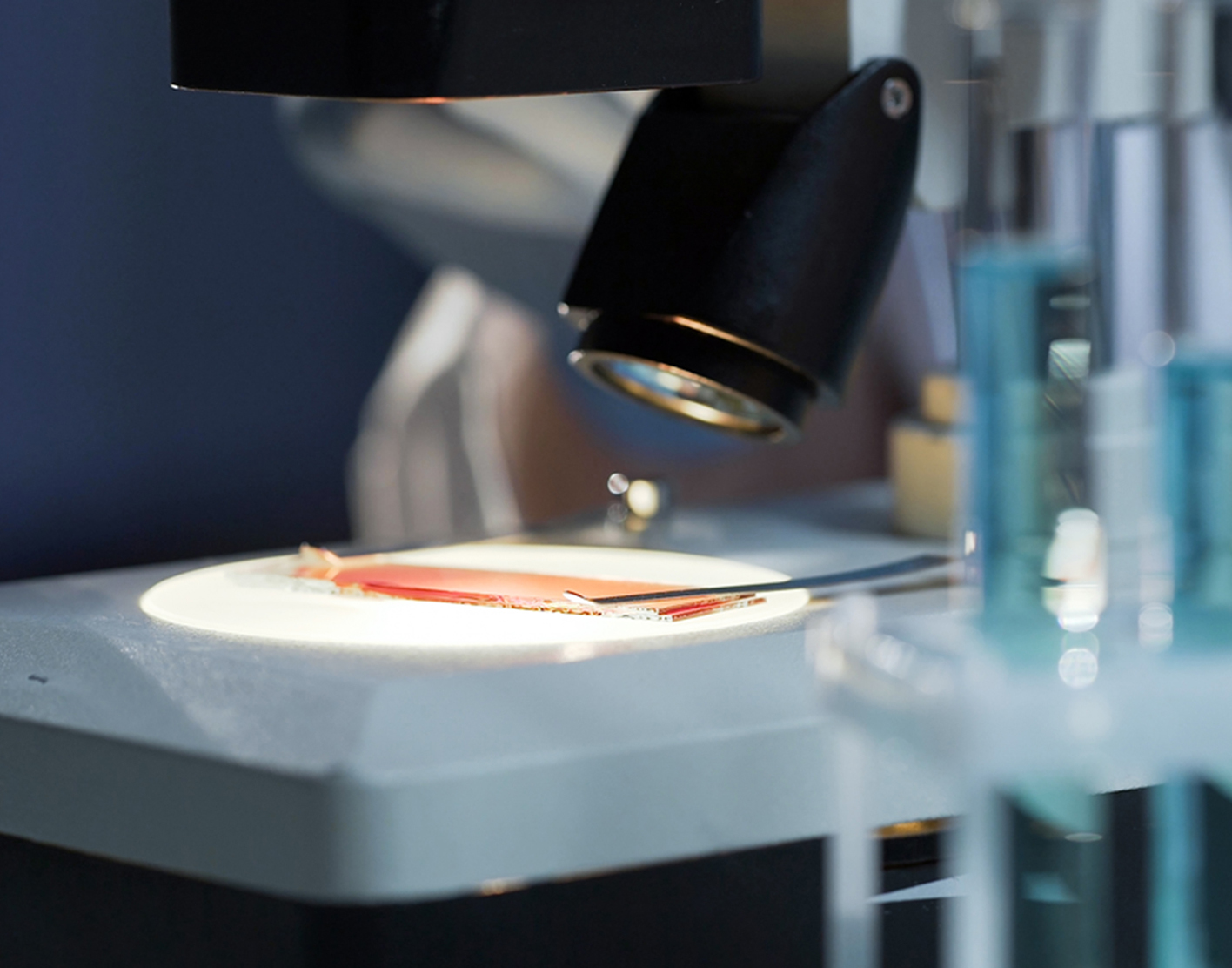
Microalbuminuria test
Definition
This test looks for a protein called albumin in a urine sample.
Albumin can also be measured using a
Alternative Names
Diabetes - microalbuminuria; Diabetic nephropathy - microalbuminuria; Kidney disease - microalbuminuria; Proteinuria - microalbuminuria; Moderately increased albuminuria
How the Test is Performed
You will usually be asked to give a small urine sample while at your health care provider's office.
In rare cases, you will have to collect all of your urine at home for
To make the test more accurate,
How to Prepare for the Test
No special preparation is necessary for this test.
Why the Test is Performed
People with diabetes have an increased risk for kidney damage. The "filters" in the kidneys, called nephrons, slowly thicken and become scarred over time. The nephrons begin to leak certain proteins into the urine. This kidney damage can also start to happen before any diabetes symptoms begin. In the early stages of kidney problems, blood tests that measure kidney function are usually normal.
If you have diabetes, you should have this test each year. The test checks for early signs of
Normal Results
In a person with healthy kidneys, only very small amounts of albumin passes from the blood into urine. There is little or no albumin in the urine sample. Normal albumin levels in the urine are less than 30 milligrams (mg) per gram of creatinine.
Normal value ranges may vary slightly among different laboratories. Some labs use different measurements or may test different specimens. Talk to your provider about the meaning of your test results.
What Abnormal Results Mean
If the test finds a high level of albumin in your urine, your provider may have you repeat the test.
Abnormal results may mean your
Abnormal results are most often reported as 30 mg of albumin per gram of creatinine or more.
If you have even more severe kidney damage and there is 300 mg of albumin per gram of creatinine or more, it is called macroalbuminuria.
You will need more tests to confirm a problem and show how severe the kidney damage may be.
If this test shows that you are starting to have a kidney problem, you can get treatment before the problem gets worse. There are a number of medicines that have been shown to slow the progression of kidney damage. Talk to your provider about specific medicines. People with severe kidney damage may need dialysis. They may eventually need a new kidney (
The most common cause of a high level of albumin in the urine is
A high albumin level may also occur with:
- Some immune and inflammatory disorders affecting the kidney
- Some genetic disorders
- Rare cancers
- High blood pressure
- Inflammation in the whole body (systemic)
- Narrowed artery of the kidney
- Fever or exercise
Healthy people may have a higher level of protein in the urine after exercise. People who are dehydrated may also have a higher level.
Risks
There are no risks with providing a urine sample.
References
Brownlee M, Aiello LP, Sun JK, et al. Complications of diabetes mellitus. In: Melmed S, Auchus RJ, Goldfine AB, Koenig RJ, Rosen CJ, eds. Williams Textbook of Endocrinology. 14th ed. Philadelphia, PA: Elsevier; 2020:chap 37.
American Diabetes Association Professional Practice Committee. 11. Chronic kidney disease and risk management: Standards of Care in Diabetes-2024. Diabetes Care. 2024;47(Suppl 1):S219-S230. PMID: 38078574
Krishnan A, Levin A. Laboratory assessment of kidney disease: glomerular filtration rate, urinalysis, and proteinuria. In: Yu ASL, Chertow GM, Luyckx VA, Marsden PA, Skorecki K, Taal MW, eds. Brenner and Rector's The Kidney. 11th ed. Philadelphia, PA: Elsevier; 2020:chap 23.
Riley RS, McPherson RA. Basic examination of urine. In: McPherson RA, Pincus MR, eds. Henry's Clinical Diagnosis and Management by Laboratory Methods. 24th ed. Philadelphia, PA: Elsevier; 2022:chap 29.
Review Date: 10/02/2023
The information provided herein should not be used during any medical emergency or for the diagnosis or treatment of any medical condition. A licensed physician should be consulted for diagnosis and treatment of any and all medical conditions. Call 911 for all medical emergencies. Links to other sites are provided for information only -- they do not constitute endorsements of those other sites. Copyright ©2019 A.D.A.M., Inc., as modified by University of California San Francisco. Any duplication or distribution of the information contained herein is strictly prohibited.
Information developed by A.D.A.M., Inc. regarding tests and test results may not directly correspond with information provided by UCSF Health. Please discuss with your doctor any questions or concerns you may have.



























